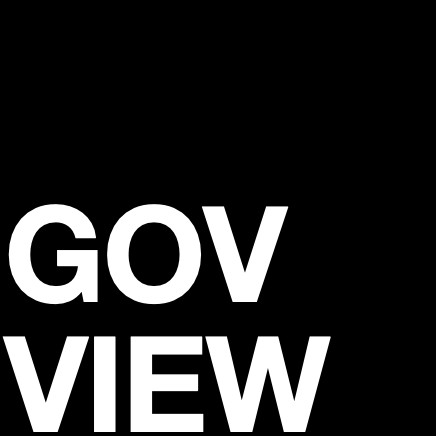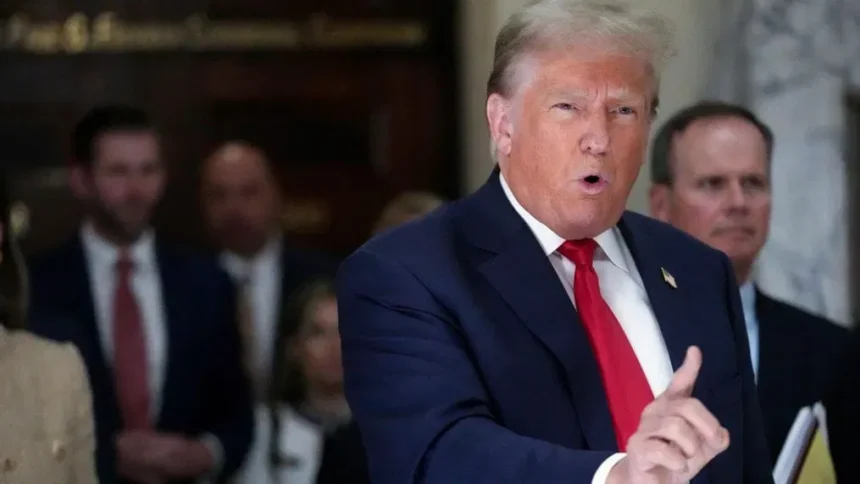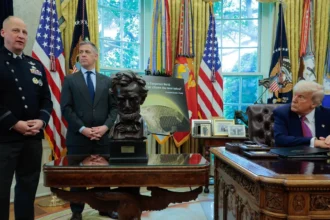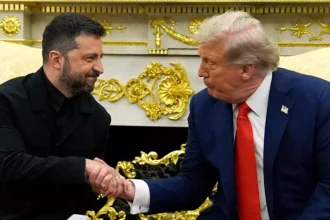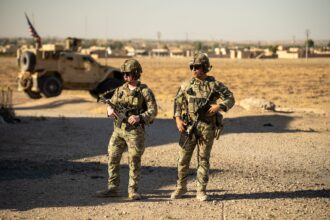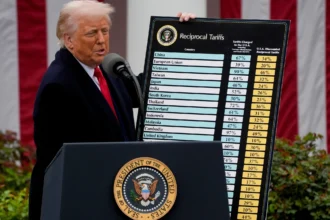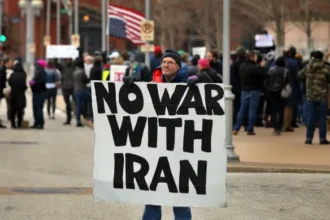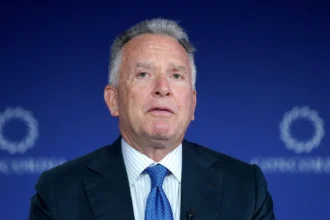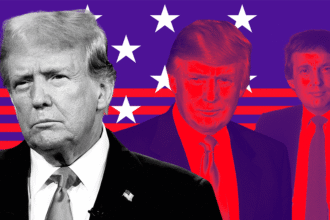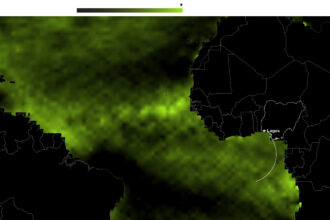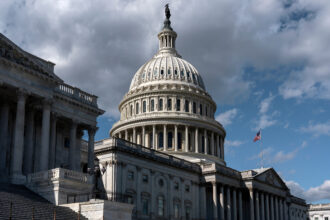Amid widespread protests in Los Angeles following aggressive ICE raids targeting undocumented immigrants, former President Donald Trump has taken a hardline stance—deploying federal forces and using forceful rhetoric to quell civil unrest.
1. Deploying Troops Without State Consent
Trump has ordered the federalization and deployment of roughly 2,000 California National Guard troops and 700 active-duty Marines to Los Angeles—including areas like Compton and Paramount—to support federal immigration enforcement. These actions were taken without Governor Newsom’s approval, leading to a tense standoff over federal vs. state authority.
2. Legal Challenge by California
Governor Gavin Newsom has filed a lawsuit citing violations of the Insurrection Act, Constitution’s Tenth Amendment, and the Posse Comitatus Act, which limits military involvement in domestic law enforcement. A federal judge has already ruled the deployment unlawful and demanded the return of Guard control back to the state.
3. Trump’s Justification
Trump defends the action as a necessary move to protect federal assets and preserve public order. He contends that Los Angeles was in chaos and states that future protests or defiance would be met with “very big force” and warned of using military intervention to back ICE. He has framed the situation as either obey federal law or face consequences.
4. Public Reaction & Political Fallout
Local officials—including LA Mayor Karen Bass, Governor Newsom—and police leaders such as LAPD Chief Jim McDonnell have denounced Trump’s actions as unnecessary, politically motivated, and divisive. Public opinion is sharply divided, with national polls showing split support, largely along partisan lines. Many view the troop mobilization as authoritarian, while others support a strong stance on law enforcement.
5. Current Status & Impact
- National Guard troops have started returning to state control following court rulings.
- The situation remains tense, with protests continuing but showing signs of simmering.
- The legal fight is ongoing, and the public response will likely shape future policy—especially ahead of the 2026 midterms and broader debates on immigration.
Final Takeaway
Trump’s handling of the unrest in California reflects a force-first approach—using federal military and legal pressure to enforce immigration laws. But it has ignited serious legal, political, and constitutional battles over federal overreach, state rights, and civil liberties. Whether these tactics quell dissent or fuel further division could shape the national conversation on immigration and governance for years to come.
